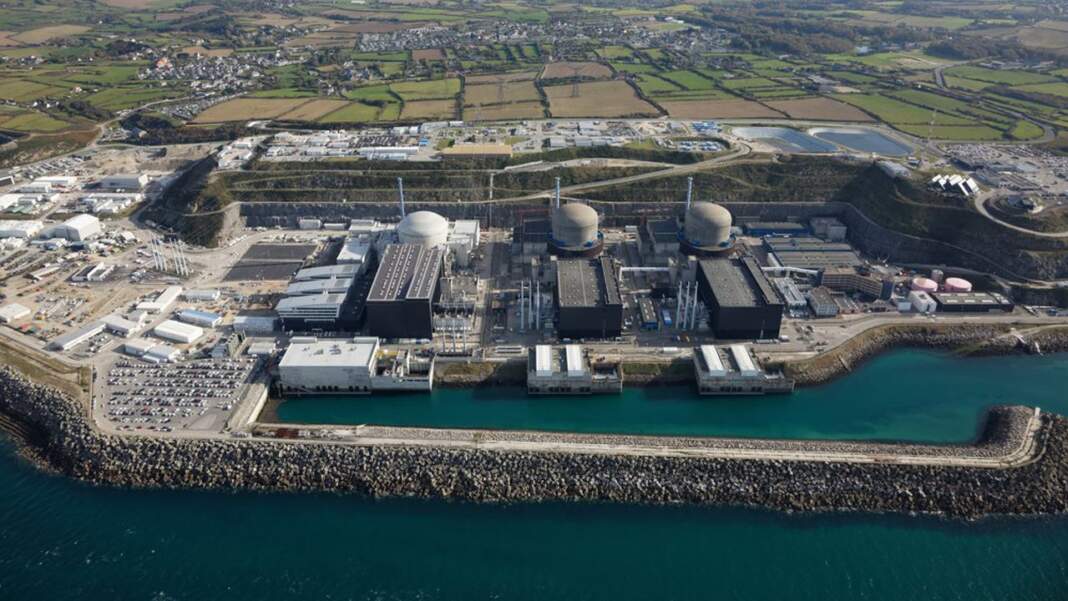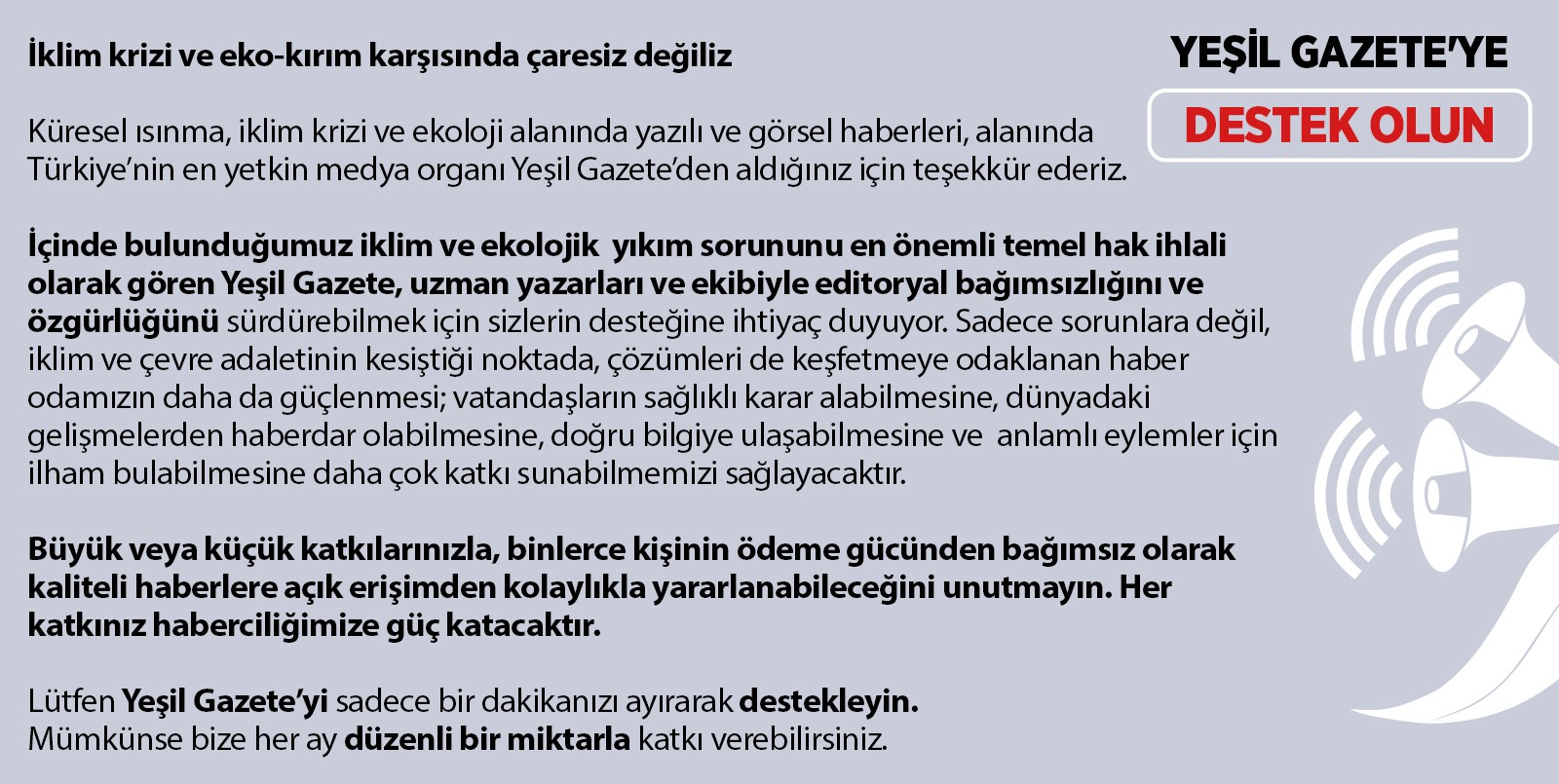Normally The Environmental Impact Assessment (EIA) aims to determine the impacts of projects on the environment . Starting from the planning stage, all processes including construction, operation and termination of the activity are covered. However, the EIA reports, which have theoretically undergone systematic changes for the last five years and have in practice been under the control of political decision mechanisms, being prepared as formalities in Turkey. The statements containing subjective comments and generalizations in the reports are the most important indication that there is not even a concern that the applicant may not be approved. As a matter of fact, the objections of the civil society are not taken into consideration in the processes despite the right to public participation and following-up. Furthermore, the final EIA reports of up to three thousand pages are approved by the political authorities within 10 days.
The processes described above have already been experienced in the Akkuyu Nuclear Power Plant (NPP) at all levels and now the intention is to do the same for Sinop in a similar way. However, although Sinop Nuclear Power Plant project and its impact on its immediate surroundings has been opened for evaluation, there is yet neither a valid agreement nor a company commissioned for the construction of reactors! The Japanese Government, who was committed to realize the Sinop nuclear power plant project withdrew from the International Agreement (Intergovernmental Agreement) at the beginning of 2018 after submitting the EIA application file. Thus ending the Mitsubishi-Areva consortium commissioned in 2013 for the construction of reactors also ended. However, this development did not prevent the EIA preparation file from turning into a final EIA application. Moreover the participation of the public that has to be done according to the EIA regulations was held by preventing the participation of the opposing public in February of the same year as you can see in our previous article. Then in 2019 the non-governmental organizations from Sinop were prevented from attending to the Review and Evaluation Commission (IAC) which was held in Ankara for Sinop NPP.
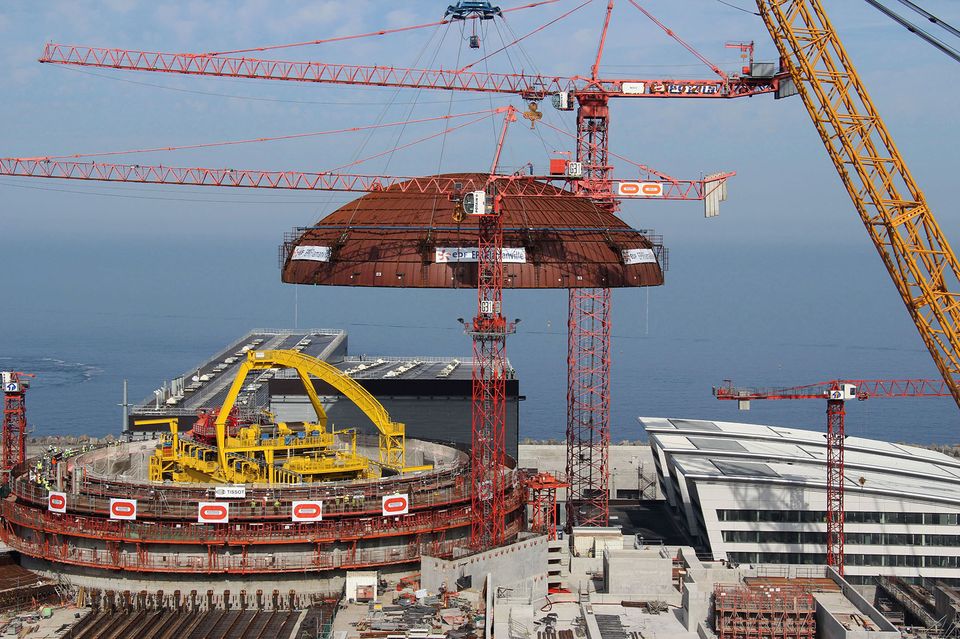
We have repeatedly underlined that the end of the International Agreement with the Government of Japan did not mean the NPP project was abandoned in Sinop. The company which performed the EIA application on 30 March 2020 was Assystem ENVY Energy and Environmental Investment on behalf of EUAS International ICC Sinop Nuclear Power Plant Jersey Islands Turkey Central Branch. In fact it was decided that EUAS ICC would never have more than %49 share per the intergovernmental agreement with Japan and when Mitsubishi was involved to the project. The most interesting part of the final EIA report is that the Flamanville 3 type reactor was declared as a “reference reactor” to evaluate the impact of the project on the environment while there is no technology investor company replacing Japanese Mitsubishi. In other words, when the EIA preparation file was submitted 2 years ago, it was prepared for the untested Atmea 1 type 4 reactor (4560 MW in total) which would be produced by Japanese Mitsubishi and French Areva consortium. But now it seems that the French nuclear industry Areva who has an aim to equip the world with its third generation pressurized water reactor (EPR-European Pressurized Reactor) seems to be interested in establishment of the Sinop Nuclear Power Plant project alone despite the fact that there is no intergovernmental agreement signed to perform in Turkey!
EPR is an Areva-made reactor, according to the information in The World Nuclear Industry Status Report (WNISR) 2019, Flamanville 3 reactors which was encountered as “referance reactor”for Sinop NPP project has been under construction since 2007 at Flamanville Nuclear Power Plant and its startup is currently scheduled at the end of 2022 at the earliest. We have at Green Gazette previously conveyed you the scandal about the EPR reactors with our news that “400 incompatibilities were detected in the production processes of Areva”. In addition, let us state that the EPR reactor installed in Flamanville 3 was supposed to be put into operation in 2012 in France at first, and the estimated cost of 3.6 billion dollars has reached 13 billion dollars today. Although there may be differences with Flamanville 3, another EPR investment is the Olkiluoto 3 reactor which has been under construction in Finland since 2005 and has at least quadrupled its estimated construction costs, the latest commitment for it to be completed is in 2021. In China,we see Taishan 1 to 2 as operating EPR reactors; we also see projects in UK with Hinkley Point C and Sizewell C which is very far from construction stage, as well as other projects in India and in Africa. So when we think of reasons for the insistence of the Turkish Government on the nuclear power plant project in Sinop, the agreement between IAEA and Nuclear Regulatory Authority of Turkey (NDK) which is established in the place of Turkish Atomic Energy Institution (TAEK) in September becomes more meaningful.
Another humpback for Turkey
One common point of the above-mentioned projects is the EPR, and another common point is that these projects almost triple their projected costs by moving out of their planned investment deadlines. Therefore, for Sinop NPP, as written in this final EIA report, that excavation work will be started in 2021 and it will start operating in 2031, is far from being realistic. Moreover, while these delays are experienced for a single reactor, the establishment of four reactors in Sinop means that citizens will be facing with a new economic burden since delays in construction mean cost. Undoubtedly, if the ecological and social damages caused by the establishment of a nuclear power plant could be calculated numerically and added to economic costs, no investor company would dare to make such a damage to nature by constructing and operating nuclear power plants. However, reflecting financial costs to the electricity bill of citizens can even make projects profitable for companies. For this reason, the environmental massacre started in Mersin Akkuyu and Sinop is not a loss for the state and companies.
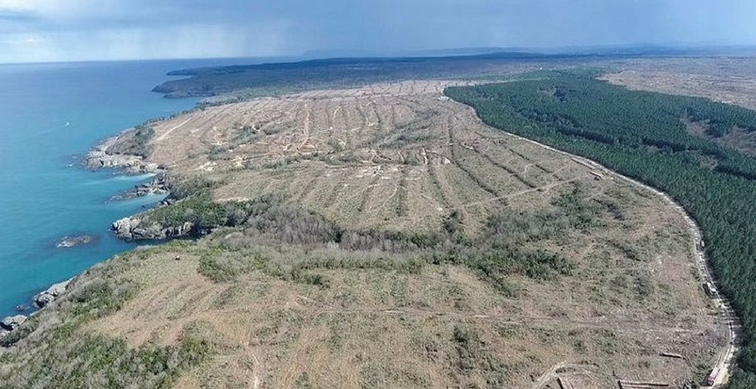
1 million trees cut down for a final repository
In Sinop, the first movement that paved the way for the environmental massacre for this project was the transfer of 10 square kilometers of land from the Ministry of Agriculture and Forestry to the Ministry of Energy. In the area of 1415 stadiums, nearly 1 million trees were cut without showing any sign of remorse. However, in order to suppress the rising reaction of the public, the EIA report sought to prove that, as the statements of the political representatives said, the claims of the opponents of the NPP did not reflect the true characteristic of the “rejuvenation” they made in doing this. Because the most crucial point of the final EIA application made for Sinop NPP to the Ministry of Environment and Urbanization is related to nuclear waste issues, in the report it is explicitly mentioned that the 10 square kilometer area transferred to the Ministry of Energy for the purpose of establishing a nuclear facility would be used as a temporary waste storage area for 60 years lifetime of the power plant and the final disposal facility would be established by Turkey under the responsibility of Turkish Atomic Energy Institution(TAEK)* to have the waste ultimately disposed of at this disposal facility. Such an explanation indicates that the government of Turkey also easily attempts to build a “final repository” which will be at least three times more costly and has never been successfully done in the world since 1942, when the first reactor was established. Today the first such facility is still under construction in Finland since 2004, namely The Onkalo Repository.
A double foreign dependence
Another issue that the nuclear opponents have been blaming the government for decades is seen in the final EIA report as a confession regarding the projects being neither local nor national. Through mention of long-term agreements for nuclear power plant project in the final EIA with supplier countries such as Australia, North America, Kazakhstan, Russia, South Africa, Niger (mistyped as Nigeria on page 6 of the EIA report) and Namibia, the government confesses this. It is obvious that nuclear fuel will be purchased from other countries and foreign technology will increase, even double, Turkey’s economic foreign dependency, as there is also the Akkuyu Nuclear Power Plant construction going on at the coast of Mediterranean Sea. On the other hand, it should be noted that the countermeasures for the risks that may occur in the case of nuclear fuel transportation which was declared to be done via Istanbul Bosphorus Strait, are not included in the final report.
Sinop NPP project and its “final” EIA involves a burden that will mean Turkey’s future will be taken under the mortgage from every direction, even by only the very few items that I discussed here. Moreover, in the 3284-page EIA of this nuclear power plant investment, the question mark remains on how accurate and realistic the effect of the environment is calculated over the “reference reactor” hypothesis. Because of outdated information which leads us to conclude that the document has remained as it was prepared for the previous model Atmea 1 reactor, there is a need to have the whole information checked carefully by experts who are outside the political decision mechanism.
Since they have tried to exclude intervention of society for Sinop NPP Project, just like the case was for Akkuyu from the beginning of the EIA application process, it would not be wrong to presume that the report was 3284 pages long to make analyzing it difficult and this makes sense when considered within the antidemocratic processes leading to the trial of its antinuclear opponents. However, another reason could be the necessity of covering possible damage that may be caused by the establishment of the plant. Because the project, which means a massacre for nature just by cutting nearly 1 million trees until today, has to claim that it will not be giving any harm to its surroundings, vegetation, underground and above water assets, animal life, and endemic plants. The project should not be harmful to adjacent to subsistence works such as agriculture, animal agriculture and fishing in nearby villages as well and friendly to its neighbour Hamsaros National Nature Conservation Area.
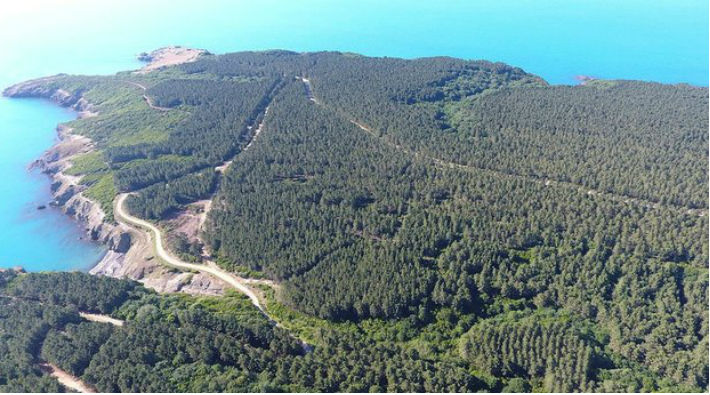
As a matter of fact, on the 93th page of the EIA, we see “There is no IAEA elimination criteria for NPP field selection”; “It has been concluded that Sinop field conditions do not constitute an obstacle to the ability to prevent, detect, delay and properly respond to nuclear safety incidents”. And while these expressions are jagged in some places, in the 4.12 Conclusion section, the phrase “As a result of the analysis and evaluations made during the Field Research and Site Selection stages, Sinop NPP area has been found to be suitable for NPP construction and operation” appears as a wall. What shall we say? In the picture above, for the sake of the trees that no longer exist, and for our tomorrow: The walls are meant to fall!
*
*Despite TAEK was replaced by Nuclear Regulatory Institution(NDK) which was established by Presidential rules under the effect of 15 July 2016 “Military coup” and Turkish Energy Nuclear Mining Research Institution (TENMAK ) which was added to NDK 2 years later, its name remains in the report.

